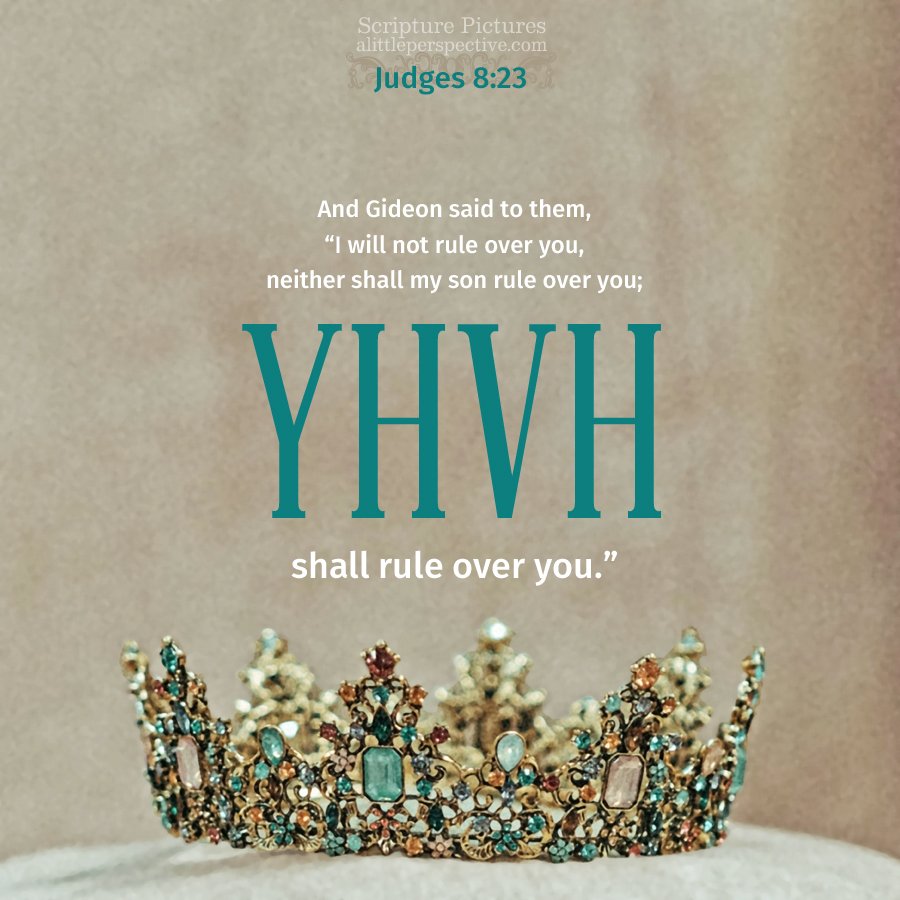Read Judges 8 here (text coming …) or at Bible Gateway.
The Hebrew paragraphs:
7:19-8:9 {p} Gideon’s 300 rout the Midianites and pursue them across the Jordan;
8:10-21 {p} Final defeat of Midianites/ capture, death of two kings of Midian;
8:22-28 {p} Gideon refuses the kingship but judges Israel 40 years; his golden ephod;
8:29-32 {p} Gideon’s seventy and one sons/ he died and was buried at his city, Ophrah;
8:33-35 {p} Israel forsook YHVH and served the Baals/ was likewise unfaithful to Gideon’s house
Judges 6:1-8:35 Chiastic Structure:
The C pair of the structure reminds me of Israel’s tangle with Moab and Midian under Moses, when Balak sent for Balaam to come and curse Israel (Num 22:1-25:9). All the power of the occult could not curse Israel; but Balaam found a way to curse Israel by their idolatry with Baal of Peor. Israel’s forsaking of YHVH God and fall into idolatry cursed them, and 24,000 died from the plague brought on them by their disobedience.
Here too, Israel routed Midian, and were victorious over their enemies under Gideon, who broke down his father’s altar to Baal, rebuking idol worship in Israel. But Gideon made a golden ephod, which became a snare to him. What was it that ensnared him, and his house?
The ephod is the priest’s vestment, described in Exodus 28. The high priest carried the Urim and Thummin on the breastplate of the ephod.
And you shall put in the breastplate of judgment the Urim and the Thummim, and they shall be over Aaron’s heart when he goes in before YHVH. So Aaron shall bear the judgment of the children of Israel over his heart before YHVH continually. Exo 28:30
One theory is that the two Urim and Thummim stones lit up, one for “yes,” and one for “no,” when the high priest inquired of YHVH. It is speculation, but if so, Gideon made a replica of the ephod, perhaps to commemorate that it was YHVH who called him, and guided him in the defeat of Midian. But it seems that it became as the golden calf (Exodus 32). With the golden calf, the people believed they were worshiping YHVH through it, though it was in a form of their own making, and with feast days of their own making (Exo 32:1-6). But it was idolatry. And so the golden ephod. Over time the people perhaps began worshiping YHVH through it, though it was in a form of their own making, and not through the forms of the priesthood and tabernacle that YHVH had commanded, foreshadowing Messiah.
So just as with Balaam, Israel was ensnared by idolatry, when all the vastness of their enemies round about them could not ensnare them.
If there are questions, this is a good resource:
Urim and Thummim – International Standard Bible Encyclopedia


















Leave a Reply